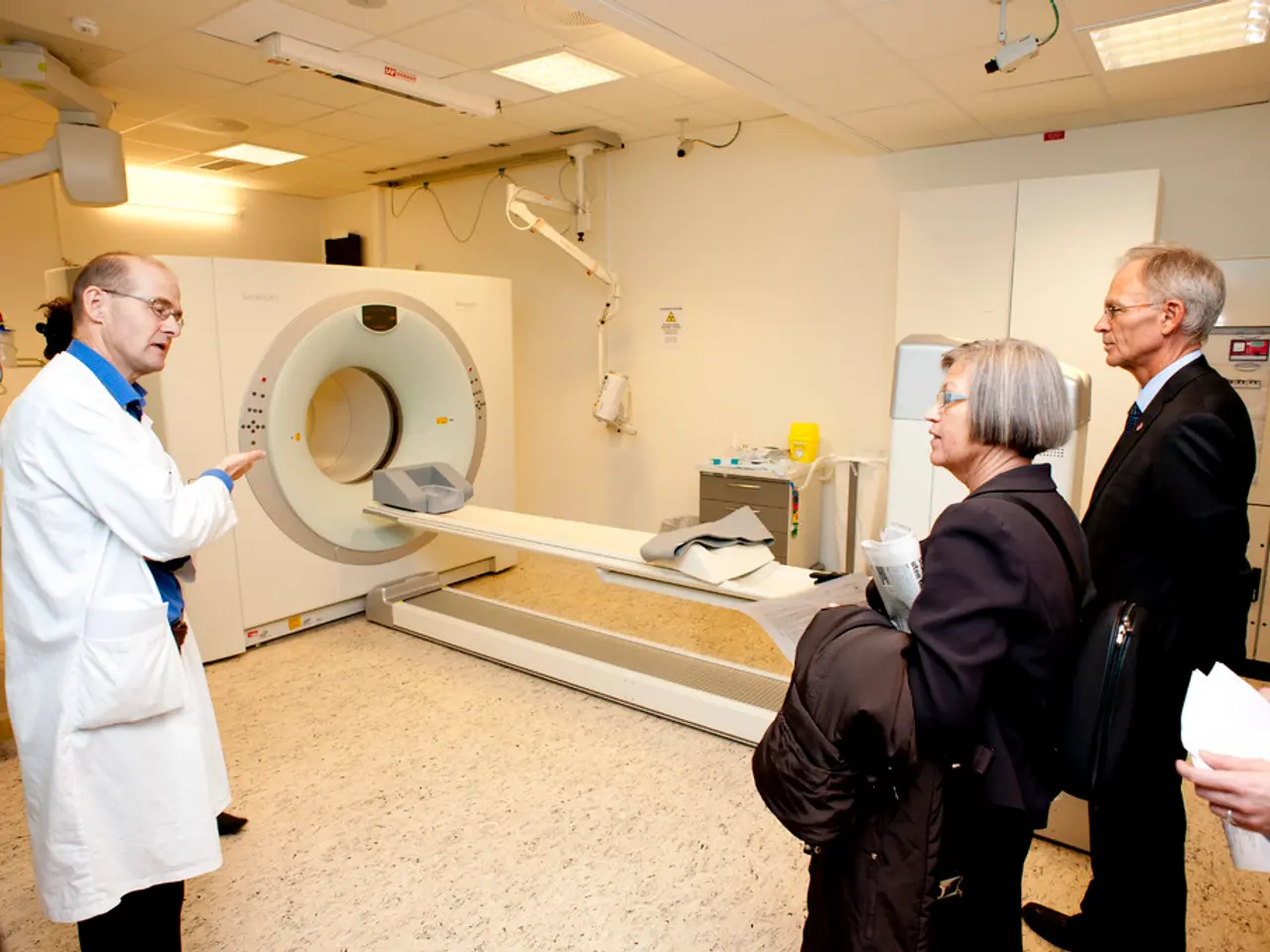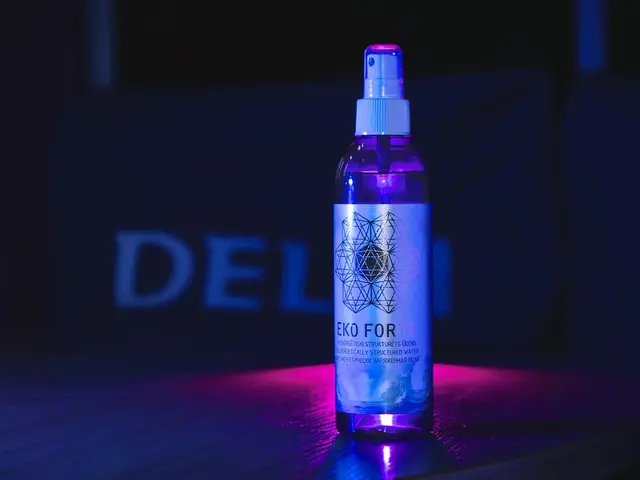The Reliability of Truth Verification Devices
In the realm of lie detector testing, also known as polygraph testing, the quest for accuracy is paramount. A well-executed test, adhering to industry benchmarks, can offer accuracy levels of up to 95%, but achieving such results depends on a multitude of factors.
**1. Examiner Proficiency**
A skilled and experienced examiner is essential for accurate results. The examiner conducts both the physiological measurements (heart rate, breathing, perspiration) and psychological evaluation, formulating a physiological profile specific to the examinee. They must apply a proven and controlled testing framework to properly interpret physiological responses and draw reliable conclusions. Examiners lacking qualifications or proper credentials can undermine test validity, leading to less accurate or misleading outcomes[1].
**2. Testing Environment**
A controlled environment is critical to minimize external distractions or stressors that could influence the examinee’s physiological responses. Tests conducted in inappropriate settings—such as on-screen or public formats—often suffer from reduced accuracy because of pressure or unnatural reactions. For instance, polygraph tests performed in front of an audience or as part of television shows are less reliable due to increased anxiety and failure to follow proper protocols[1][3].
**3. Examinee’s State**
The physical and psychological condition of the person being tested can impact results. Factors such as nervousness, fear, emotional state, or even attempts to manipulate physiological signals (through drugs, medical conditions, or countermeasures) can distort the typical physiological indicators of deception. Examining the psychological profile helps adjust interpretations, but unchecked emotional or motivational factors remain challenges[1][5].
**4. Equipment Quality**
Up-to-date, well-maintained, and technically sound polygraph instruments contribute to the accuracy of the test. Accurate sensors for heart rate, respiration, blood pressure, and skin conductivity need careful calibration and operation. Poor equipment or improper technical setup may yield unreliable or noisy data, reducing the test’s effectiveness[1].
In summary, high accuracy rates of 95-98% reported by professional organizations like the American Polygraph Association depend heavily on these factors working together: skilled examiners, controlled environments, well-prepared examinees, and quality equipment. Deviations from these standards increase the risk of false positives or negatives, thus undermining the reliability of lie detector test results[1][3].
It is essential for clients to seek expert advice when choosing an appropriate location for their test and to conduct a thorough background check of the service provider before undergoing a polygraph test. Less qualified examiners might be unaware of their own tests' accuracy, posing risks for clients and the industry's reputation. Service providers who do not perform a thorough initial assessment of the examinee's condition risk compromising the accuracy of the test. The four key elements that contribute to a reliable polygraph test are Examiner, Environment, Examinee, and Equipment.
- The quality of a polygraph test's results heavily relies on a skilled and experienced examiner who possesses the necessary qualifications and credentials, as they are responsible for both physiological measurements and psychological evaluations.
- A controlled testing environment is crucial for maintaining accuracy, as it minimizes external distractions and ensures that the examinee's physiological responses are not influenced by factors such as pressure or unnatural reactions.
- The physical and psychological state of the person being tested can impact the results, as factors like nervousness, fear, emotional state, and attempts to manipulate physiological signals can distort typical physiological indicators of deception.
- The quality of the polygraph equipment is another important factor, as accurate sensors for heart rate, respiration, blood pressure, and skin conductivity require careful calibration and operation to ensure reliable data.
- To achieve high accuracy rates of 95-98%, professional organizations like the American Polygraph Association emphasize the importance of all four key elements: examiner proficiency, controlled environment, well-prepared examinees, and quality equipment. Thus, it is essential for clients to seek expert advice before undergoing a polygraph test and to verify the service provider's qualifications and adherence to best practices.




